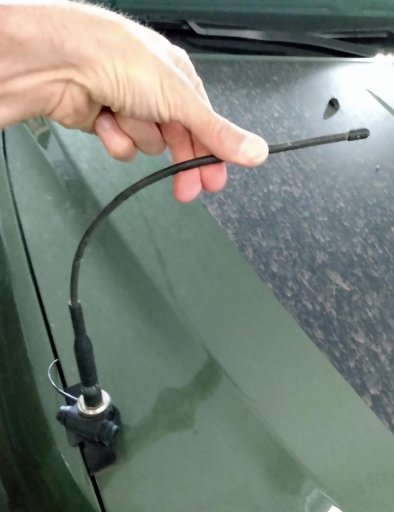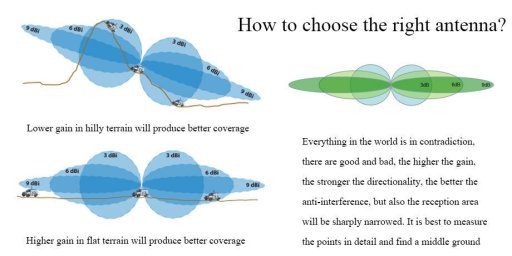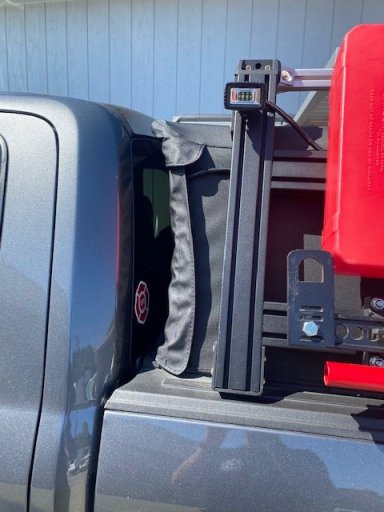
Member III
The antenna is fairly stiff. Even at 70 and 80mph on the highway it stands straight up with a slight bend. I only chose it because of where the coil was and the height. The coil is slightly above the roof line. I figured I’d want that as high as I can get it with our mounting it to my roof. It’s currently mounted at the base of the windshield on a tacoma. Between the windshield and the back of the hood.That must be one rigid antenna. I have run both the Browning BR-180-b dual band antenna and the Larsen NMO150-b 2m antenna on both the roof and the front fender with no issues and they get smacked against trees daily. If there was a large branch right at roof level I may have an issue but smaller branches haven't been a problem.
I also run a Browning BR-140 CB antenna on the fender, a Tram 1181 on the roof for GMRS, and a 102" whip. Since the Tram is the smallest it is quite a bit more rigid than the others, I left it on the roof going into a parking garage and it scrapped the concrete support beams but other than losing some paint it was fine. All the other antennas are very flexible stainless whips and if you are mounting it on the front fender it will have no problem bending over much lower than the roof line. If you have a branch that is low enough to break the antenna at the base while mounted on the fender I would be worried about breaking the windshield.
One thing I didn't like about the Browning dual band was the enclosed coil in the middle of the antenna that caused it to whip around a little more due to the weight. The Larsen 2/70 has an open coil though that could get caught on branches so pick your poison I guess.
Since 2m is my primary I went with 2m antennas without coils but carry a Browning dual band antenna just in case I need 70cm.
I’ll have to give those a look though .









